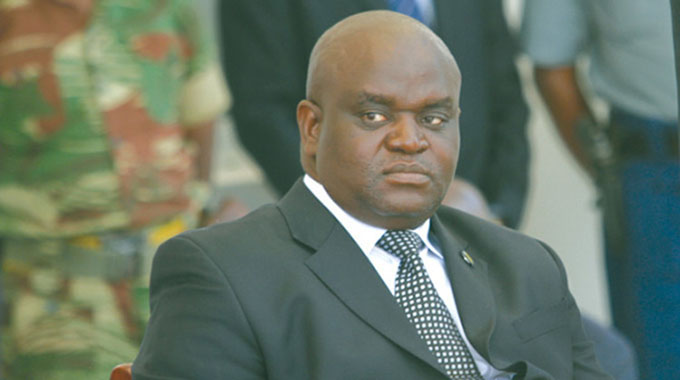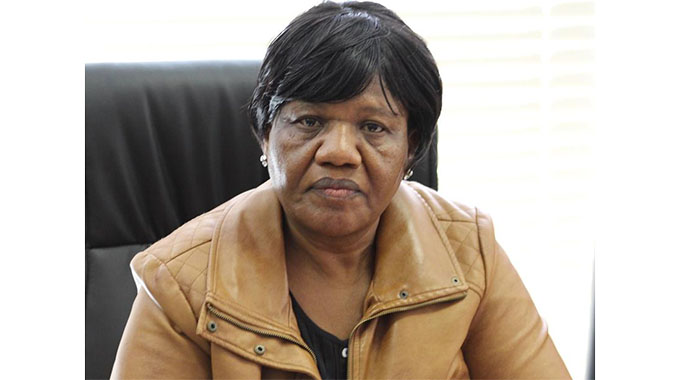Inside new Parliament building

Tafadzwa Zimoyo Acting Entertainment Editor
Forget about the construction of the new headquarters of the Commercial Bank of Ethiopia (CBE) which was officially completed by the China State Construction Engineering Corporation (CSCEC) earlier this year and has been regarded as the tallest building in East Africa.
Then there is also the African Union Conference Centre and Office Complex (AUCC) building, again in Addis Ababa, Ethiopia.
It is the headquarters of the African Union and plays host to the biannual AU summits.
The main building is 99.9 metres tall and it is the second tallest building in Addis Ababa.
Cost was US$200 million and funded by the Chinese Government.
Majestic, isn’t it!
Zimbabwe has joined this league of history making, as the new Parliament Building is something to talk about in Africa, if not in the world.
Sitting majestically on about 50 000 square metres of land in Mt Hampden is the new, imposing Parliament Building.
The impressive piece of architecture, which was constructed in 42 months, cost over US$120 million.
A major milestone under the Second Republic led by President Mnangagwa, this building comes as a replacement to the old Parliament Building in the Harare central business district.
With new business opportunities guaranteed in Mashonaland West, the new structure will decongest Harare since shopping malls are being set up as a part of a new city.
There are a lot of architectural designs at the building, of which all were done by the Chinese.
Kudos to the Chinese and in their language they say, ‘Xièxiè ni’ (thank you).
Upon entering the building, one easily notices the outstanding giant ceiling dome centre piece artwork.
Many have been wondering and itching to know what inspired the centrepiece design, that unique roof painting.
Well, The Herald on Saturday Lifestyle, this week caught up with the crew behind the artwork, who shared the inspiration and its details.
These were the only Zimbabweans during the construction to get their hand on the ceiling design.
The team lead by Hermit Muyambo included Calvin Chimutuwah, Tonely Ngwenya and Webster Mubairenyi.
It deserves all the credit for the wonderful job.
“The meetings, brainstorming and creation of the model painting, the artist’s representation of the ideas into final work was done at Hermit Muyambo’s studio, Creative Hub, in Borrowdale, Harare,” said renowned visual artist Muyambo.
“After the ideas had been put together by the artists, the model painting had to be approved by the Ministry of Local Government and Public Works, National Museums and Monuments, Parliament of Zimbabwe and the contractor.
“His Excellency President Mnangagwa also blessed it before we started work. The job took almost a month to complete.”
The decorated visual artist explained how the quartet met and came up with the best structure.
“The four of us knew each other as artists in general, but as for me and Calvin, we had worked together at the National Museums and Monuments prior to this encounter,” said Muyambo.
“The four of us were short listed by the National Museums and the National Art Gallery of Zimbabwe, so our names were given to the Ministry of Local Government and Public Works, and we were called for the briefings.
“Initially, we were supposed to compete for tender, but we agreed to combine forces and do the national duty.”
Like any other project, people have been wondering and asking who might have come up with the concept.
“The idea framework came from the Museum and Monuments of Zimbabwe together with the blessings from the Ministry of Public Works,” said Muyambo.
“And, us as artists had to conceptualise and come up with the detailed ideas of the artwork and the model design, which we painted and was approved.”
There is always this hunger by people to know what material equipment was used to paint the artworks.
Some were also eager to know where they got the material from.
“The artwork is a collection of rock paintings from Matopos (in Matabeleland South province), Rusape (in Manicaland province), Harare and Murehwa (in Mashonaland East province),” said Muyambo.
“We used special water based paints which we painted as washes to prevent flaking, thereby giving our painting a very long life.
“ The artwork is 10 metres high so we worked on it on a massive scaffolding structure, considering its 11 metres in diameter.
“We spent 24 days of an average of 10 hours a day.”
Like any other project, the crew encountered challenges in setting up the structure.
“The challenges were numerous, but the main one was working facing upwards, also we were allowed five percent of tolerance, meaning we had to create a 95 percent replica of the model painting we had done, which was the approved piece,” said Muyambo.
“So, accuracy was of importance besides heaving some neckaches.”
Muyambo spoke up on the durability of the paintings.
“The painting will last a lifetime, I would say 100 plus years, unless it’s destroyed by fire or some other physical damage, it is safe 10 metres up as it is,” he said.
Asked which other projects they have done before as a team, Muyambo said:
“We haven’t done any other painting in the new Parliament Building, but we would be honoured to furnish the building with paintings, we actually intend to apply to do that work.”
Muyambo shared his thoughts on what inspired the artwork at the new Parliament Building.
“The artwork was inspired by the numerous rock art that is dotted around the country which is our heritage, and our artistic ancestors had painted those masterpieces,” he said.
“I see this painting as an expression of how our ancestors told their stories and shared wisdom in their era. It’s an inheritance to this generation and beyond.”
As an endorsement, one of the artists Muyambo worked with, Mubayirenyi, was quoted as saying: “This painting is part of our heritage well preserved, I am honoured to be part of this project.”
Mubayirenyi said it was his wish for the painting to be endorsed as a triumph.
“We are hoping the model painting will be bought by the Parliament of Zimbabwe, and used as a key with detailed information that describes the main centre piece artwork in Parliament,” he said.
“If not bought by Parliament, we may auction it, we hope it will attract interest as it is the one that was created before we replicated it to the ceiling.”
On their role model, Muyambo was blunt: “Our role model in this painting is the geniuses that did the original rock paintings, the precision they had in capturing life, the understanding of chemistry to a point where even after decades upon decades, the paintings are still there for us to enjoy, it’s amazing.”
Muyambo was upbeat his upcoming projects will be a triumph.
“My upcoming projects will be to produce paintings for the new Parliament building,” he said.
“I also hope to do artworks for the African Liberation Museum and for the Zimbabwean Liberation Museum.”











Comments